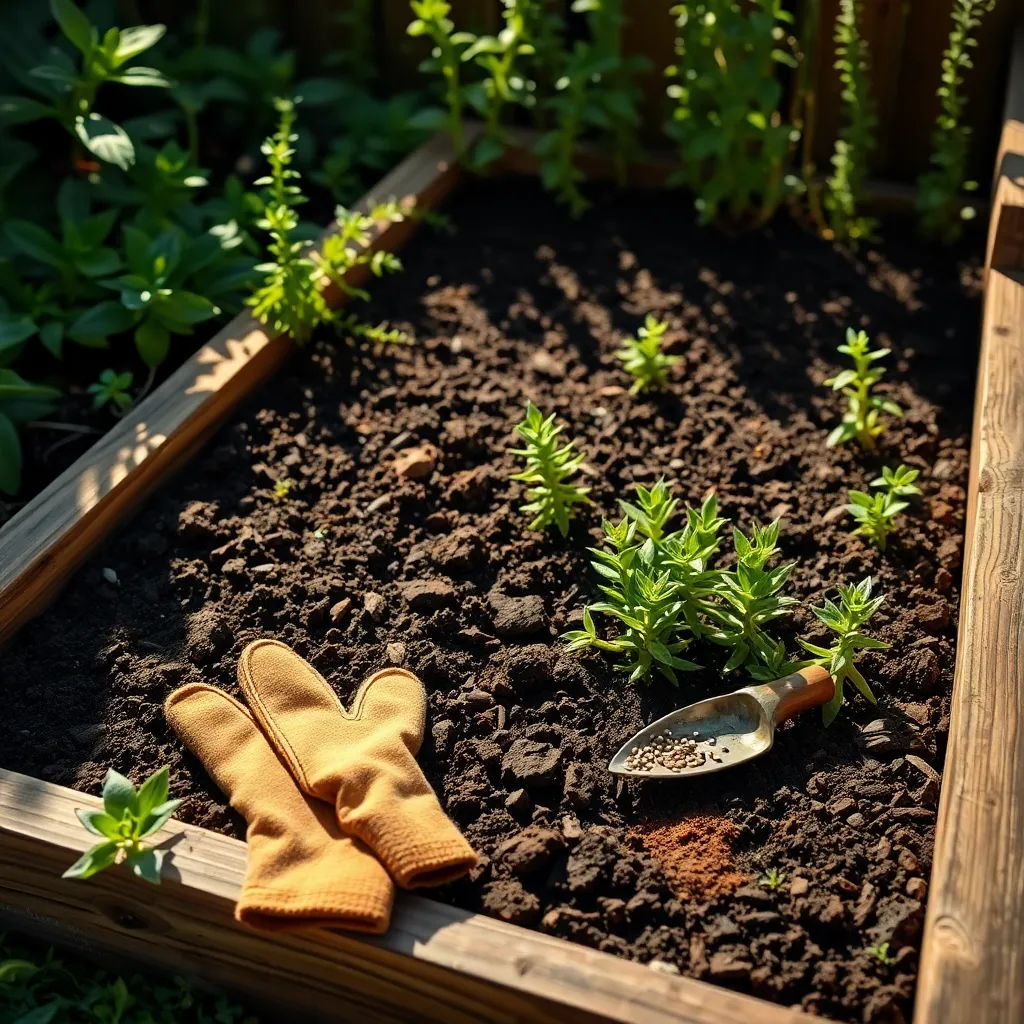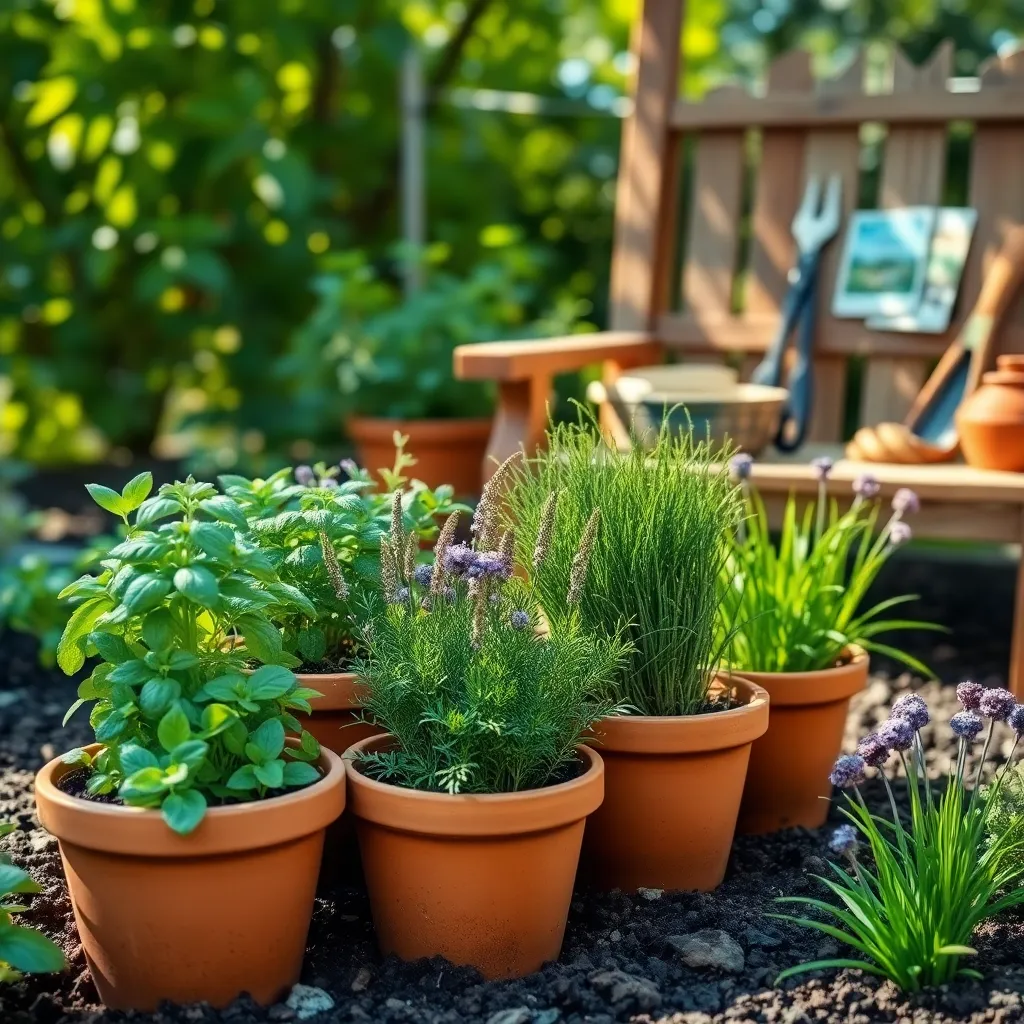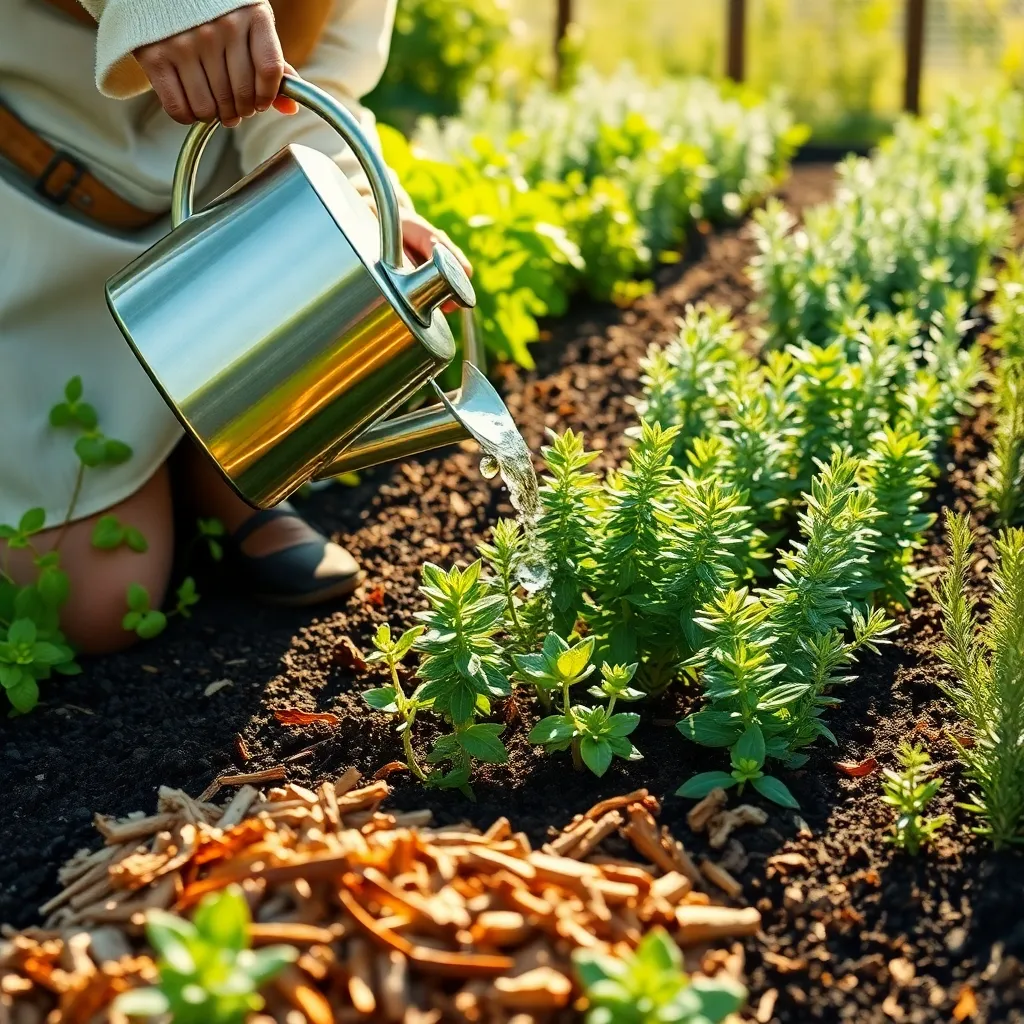Imagine stepping outside your door to a lush, aromatic garden where fresh herbs are just a snip away, ready to elevate your culinary creations and invigorate your senses. Whether you’re a novice gardener embarking on your first green adventure or a seasoned planter looking to expand your horticultural repertoire, building an herb garden is a delightful and rewarding endeavor that can transform your outdoor space—and your kitchen.
At the heart of this gardening journey lies the joy of cultivating your own fragrant and flavorful herbs, from basil and thyme to rosemary and mint. In this article, you’ll discover not only the essentials of planning and designing your herb garden but also practical tips for soil preparation, plant selection, and ongoing care to ensure your herbs thrive.
Creating an herb garden is more than just planting seeds; it’s about fostering a living tapestry that can nourish, heal, and inspire. Whether you have a sprawling backyard or a simple windowsill, we’ll guide you through the steps to bring your herbal dreams to life, offering advice that is both rooted in expertise and accessible to gardeners at every level.
Select a Sunny Location

Choosing the right spot for your herb garden is crucial, as most herbs thrive in ample sunlight. Ideally, select a location that receives at least six to eight hours of direct sunlight each day to ensure optimal growth and flavor.
For those living in areas with scorching sun, consider providing partial shade during the hottest part of the day. You can achieve this by planting taller plants nearby or using a shade cloth to prevent your herbs from wilting under intense heat.
Soil quality is just as important as sunlight, so aim to plant your herbs in well-draining soil. If your designated area has heavy clay soil, you might want to amend it with organic matter or sand to improve drainage and prevent root rot.
Advanced gardeners might consider a raised bed to ensure better control over soil conditions and drainage. A raised bed can also help extend the growing season by warming up more quickly in the spring and providing excellent soil aeration.
Prepare the Garden Bed

Now that you’ve selected a sunny location, it’s time to prepare the garden bed for your herbs. Start by clearing the area of weeds, rocks, and debris to ensure a clean slate for planting.
Loosen the soil to a depth of at least 12 inches using a spade or garden fork, which will help the herb roots penetrate deeply and establish themselves. This step is crucial as it improves drainage and allows air to circulate, creating an ideal growing environment.
If your soil is heavy clay or sandy, consider amending it with organic matter such as compost or well-rotted manure. Adding organic matter will enhance the soil’s structure, water retention, and nutrient content, providing a more balanced medium for your herbs.
Create a slightly raised bed to promote drainage, especially if you live in an area with heavy rainfall. Use the soil you removed earlier mixed with compost to build the bed, ensuring it’s level and well-compacted to prevent erosion.
Choose Your Herb Varieties

When choosing herb varieties for your garden, consider both your culinary preferences and the growing conditions of your space. Popular herbs like basil, rosemary, and thyme are versatile in the kitchen and relatively easy to grow, making them perfect for beginners.
Make sure to assess the amount of sunlight your garden receives before selecting herbs. Most herbs prefer full sun, requiring at least six hours of direct sunlight daily to thrive, though some, like mint and parsley, tolerate partial shade.
Consider the type of soil available in your garden, as this will affect the health of your herbs. Well-draining soil is essential; if your soil is heavy clay, amend it with organic matter like compost to improve drainage and fertility.
For those looking to expand their herb garden, experiment with less common varieties like lemongrass or lavender. These can add unique flavors to your dishes and often have specific growing requirements, such as lavender’s preference for sandy, well-drained soil.
Plant Herbs Strategically

Strategically placing your herbs in the garden can significantly enhance their growth and your ability to care for them. Begin by grouping herbs with similar light and water requirements to make maintenance easier and more efficient.
Herbs like basil, rosemary, and thyme thrive with plenty of sunlight, so position them in the sunniest spot in your garden. On the other hand, mint and parsley prefer a bit of shade, making them ideal for areas that receive filtered sunlight or morning sun.
Consider the soil needs of your herbs as well, ensuring well-draining soil is used to prevent root rot, which is a common issue with herbs in overly wet conditions. Amend your soil with sand or perlite if necessary to improve drainage, especially in heavy clay soils.
For those with limited space, vertical gardening can be a game changer, allowing you to maximize your growing area without sacrificing plant health. Use tiered planters or hanging pots to create a lush, layered herb display that not only saves space but also adds visual interest to your garden.
Water and Mulch Appropriately

Watering your herb garden correctly is crucial for its success, especially since herbs can be sensitive to overwatering. Check the soil moisture regularly by sticking your finger about an inch into the soil; water only if it feels dry at that depth.
To ensure your herbs receive adequate moisture, water them deeply but infrequently. This encourages roots to grow deeper into the soil, which enhances their drought resistance and overall resilience.
Mulching is another effective strategy to maintain soil moisture and suppress weeds. Use organic mulches such as straw, shredded leaves, or bark, which decompose over time, enriching your soil.
Apply a layer of mulch about 2 to 3 inches thick around your herbs, keeping it a few inches away from the plant stems to prevent rot. This not only retains soil moisture but also provides a steady release of nutrients as it breaks down.
Conclusion: Growing Success with These Plants
As we’ve explored in “How to Build an Herb Garden,” nurturing relationships requires care, attention, and a bit of creativity—much like cultivating a thriving garden. First, creating a solid foundation is key, just as selecting the right soil ensures growth. Secondly, communication acts like sunlight, essential for flourishing connections. Third, understanding and empathy are akin to regular watering, nourishing the roots of your bond. Fourth, setting boundaries is like pruning, vital for healthy development. Lastly, patience and consistency are the fertilizers that enrich your relational landscape over time.
To start weaving these insights into your daily life, why not dedicate a few moments today to reflect on one area where you can apply these principles? Perhaps initiate a heartfelt conversation or express gratitude to a loved one.
Remember, building a strong relationship is a journey of continuous growth. Bookmark this article to revisit these essential strategies and ensure your relationships remain resilient and rewarding. By embracing these concepts, you lay the groundwork for future success, cultivating connections that not only survive but thrive. Let’s nurture these bonds with intention, and watch them blossom.
